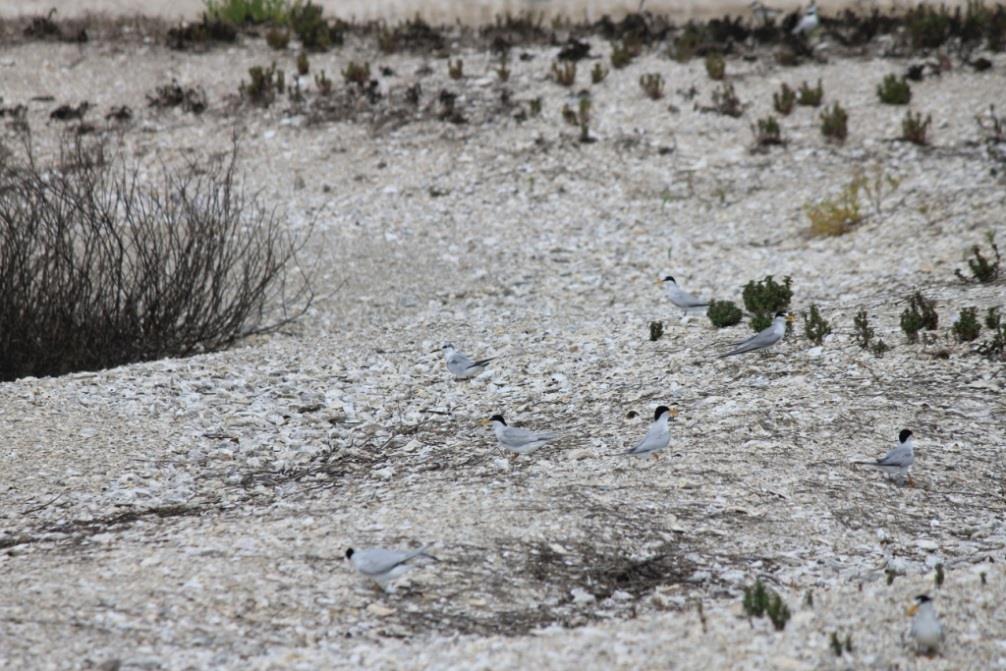
Spring is in the air and summer is quickly approaching. While we plan weekend getaways and summer holidays, shorebirds are gearing up for nesting season (Mar-Aug). Here’s all you need to know to make sure your summer fun doesn’t interfere with shorebird nesting. Special thanks to FWC’s Janell Brush for providing input on this blog.
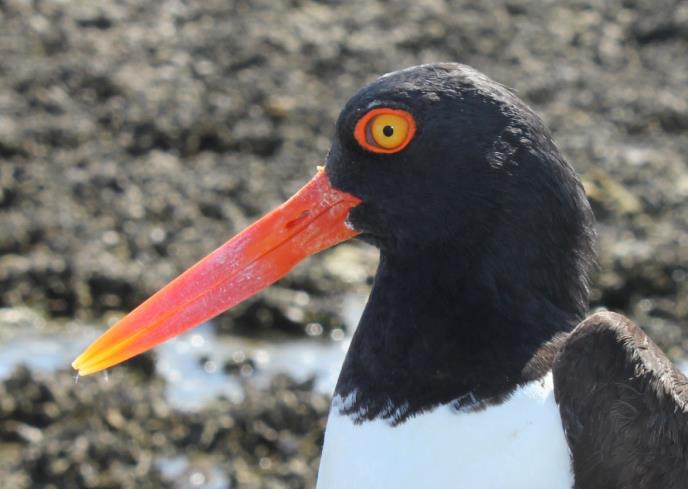
1. Know your Nature Coast shorebirds
One of the best ways to know when you might be getting too close to a nesting area is to know what shorebirds look like. In the Nature Coast, nesting shorebirds to look out for include the least tern, Wilson’s plover, and American oystercatcher. Least terns can be identified from other terns by their overall small size and yellow bill and legs. Wilson’s plovers look similar to other plovers but always have a black bill that is thick and long. Breeding adult Wilson’s plovers also have a black neck band. Finally, the American oystercatcher is a very distinctive bird. It it a fairly large bird with a white belly, black back, yellow eye, red eye ring, and a long red bill. All three of these species are listed by the State of Florida as either threatened or in need of special conservation.
2. Recognize nesting behaviors
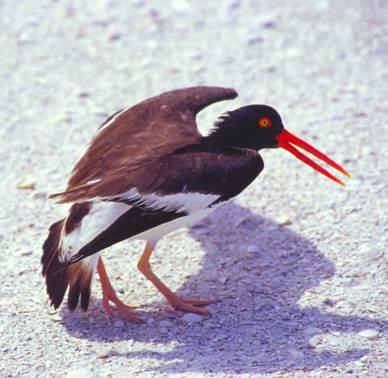
Adult nesting shorebirds will display certain behaviors that can be clues that you are approaching too close to a nest. These include:
- Alarm call
- Sticking to a particular area
- Faking an injury
- Initially see 1-2 birds but they call in reinforcements
3. Follow signage and other best practices
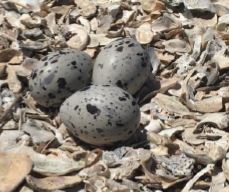
Nests and chicks are extremely well camouflaged so they are at high risk for getting trampled and crushed. For this reason, the FWC posts known nesting areas with signage asking boaters, anglers, and beach-goers to keep out. It is extremely important to follow the instructions on signage about nesting. Even though it might be easy to spot the eggs and chick shown in the photos here, in reality they are almost impossible to see.
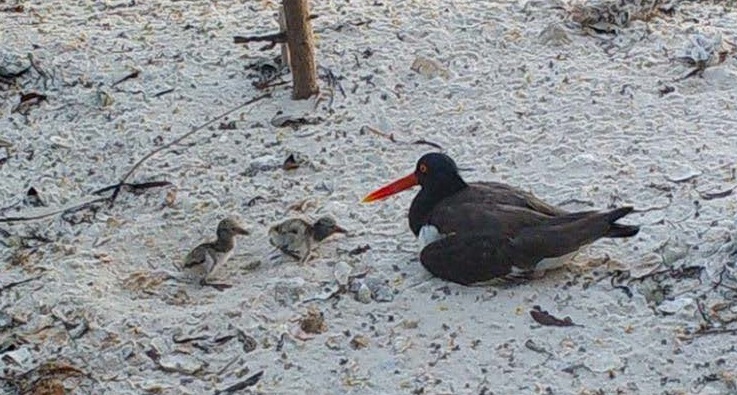
There are several other best practices you can always apply to help keep shorebirds, seabirds, and other waterbirds safe. A major best practices is keeping your distance so as not to flush birds off of resting or nesting areas. Another big one is to prevent children or dogs from chasing and scaring birds away. Check out the Protect Nature Coast Waterbirds and Beach Hero brochures for more information.
Featured image by Heiko – stock.adobe.com
 0
0
